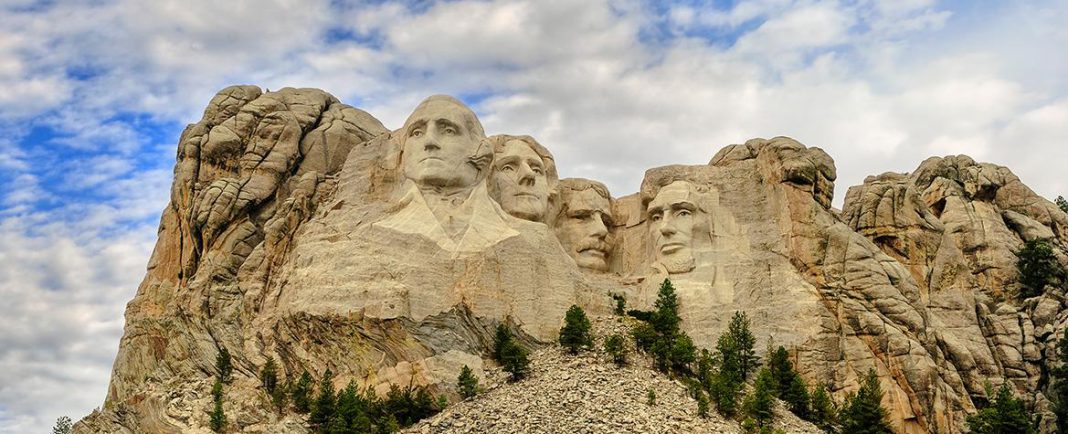Presidents get a lot of the blame, but rarely get a lot of the credit for the performance of the stock market while they are in office. While some presidents like to take the credit for the performance of a rising market; the truth is that presidents don’t directly impact the market, per se. Although their policies, agendas and political appointments can certainly influence the economic dynamics that, in turn, impact investor sentiment, and thus the market. Trade policies, the appointment of cabinet members like the Secretaries of the Treasury and of Commerce, trade representatives and economic advisers all weigh on the fiscal agenda set forth by the president.
The president also nominates the Federal Reserve Chair, who sets monetary policy along with the other Fed governors and members of the Federal Open Market Committee. The Fed is supposed to be an independent government body with a mission to set monetary policy that ensures economic growth, low inflation and low unemployment. Those monetary policy measures can impact the stock market, although the Fed typically does not consider the performance of the stock market as an isolated factor to influence its decisions.
All presidents would like to lead during times of economic expansion and a rising stock market because those translate into prosperity for the nation and increase the likelihood of reelection and continuity for the political party in office. As President Bill Clinton famously said to his campaign manager, “It’s the economy, stupid.”
Given that there have been more bull markets than bear markets for the past century, most presidents have presided over eras of stock market gains. This chart from Yardeni Research shows the performance of the S&P 500 under both Republican and Democratic leadership going back to 1930.

There are a whole lot of bull markets in that chart.
CEO Presidents
There haven’t been a lot of CEOs who went on to become president. In fact, Donald Trump may be the closest contender to claim that title. Technically, he was Chairman and President of The Trump Organization before becoming President of the United States, but that’s close enough. Many have tried, and we’ll certainly see many more make the attempt in the future.
Here’s a list of five former CEOs who made a run at the Oval Office.
Presidents and the NYSE
It’s very rare that a sitting president will visit the New York Stock Exchange. Sure, President George Washington’s statue is right across the street at Federal Hall, but the Exchange wasn’t even around during his tenure. It’s an iconic image, though.

President Bush visits the NYSE
On January 7, 2007, President George W. Bush paid a visit to the New York Stock Exchange. He had just made a speech on the economy across the street at the aforementioned Federal Hall, where he chastised corporations for excessive executive compensation. Little did he know, the nation was about to slip into a financial crisis and the steepest recession it had experienced since the Great Depression. Here is a great photo from that day, courtesy of the White House archives.

Presidential Salaries
Relatively speaking, presidential salaries are pretty tame. Presidents make their money when they get out of office with lucrative book deals and speaking fees.
Here’s a good analysis of presidential pay from our friends at TheBalance.com.
President’s Salaries in and out of Office
So, while the President can influence the economy through policies and economic agendas which can impact the stock market, the President probably gets too much blame and too much credit when it goes down or up.

























